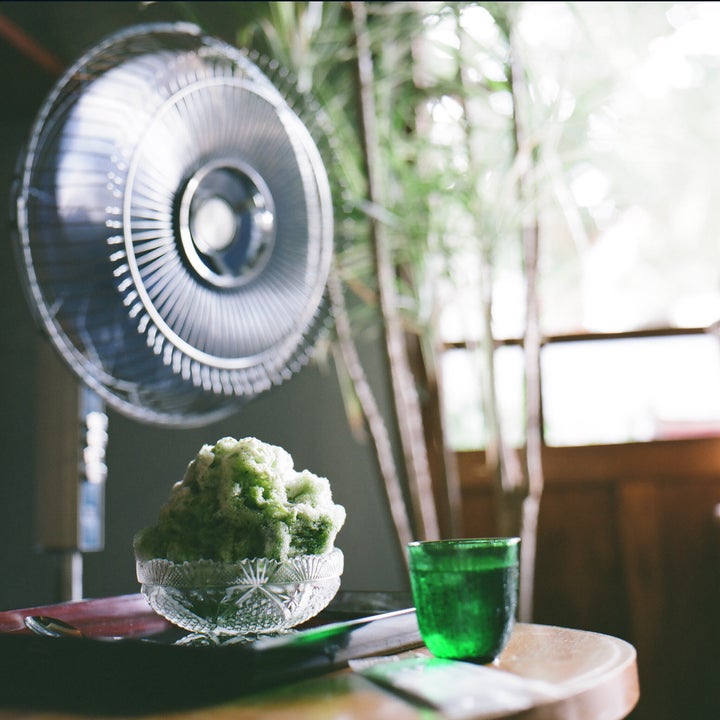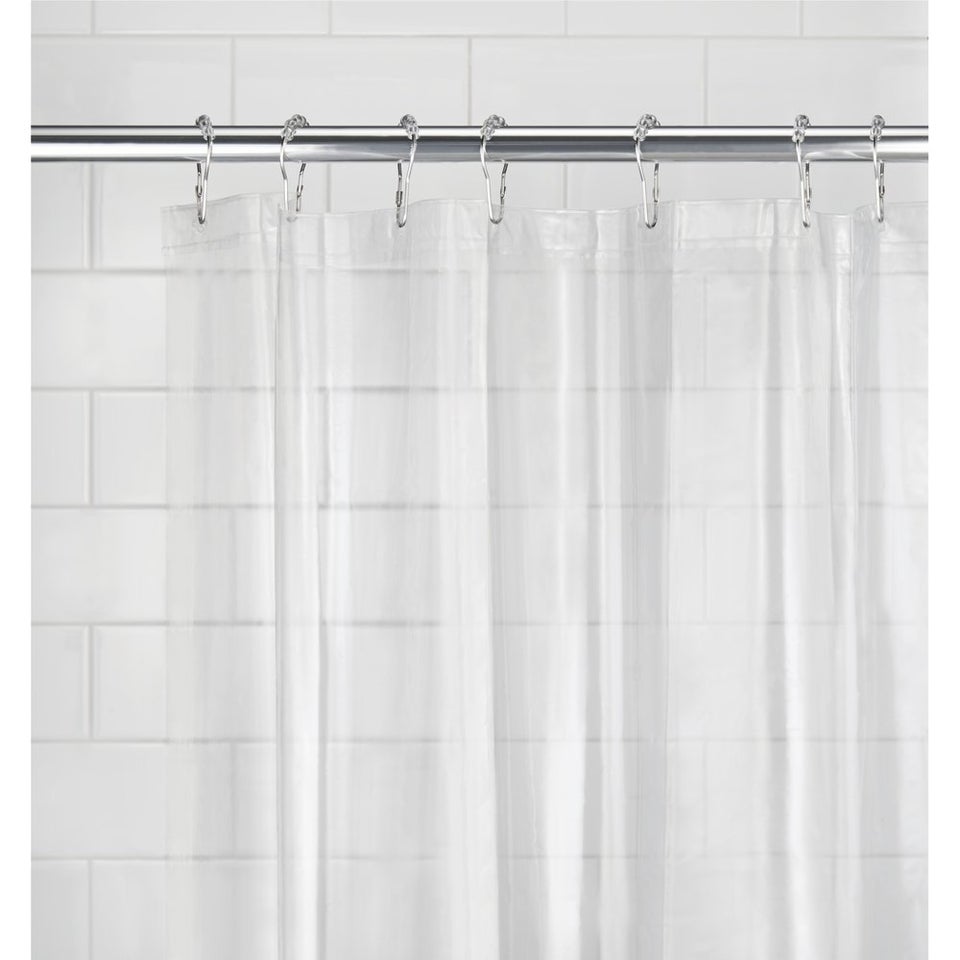Ah, summer. That beautiful time of year when sun beams kiss our cheeks and the days stretch out for what feels like forever. It's the best season for being outdoors, soaking up some rays and splashing around a waterfall, an ocean or, at the very least, an inflatable pool.
Summer would undoubtedly be our favorite time of year. That is, if it didn't turn our homes into hot boxes from hell.
But never fear! Avoid making the below mistakes, and your home will turn into the breezy summer sanctuary you've always wanted.
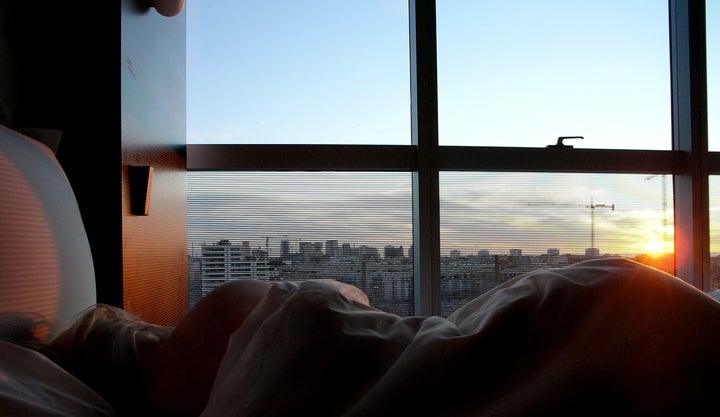
1. Your blinds and windows are open during the day.
Sure, direct sunlight is pleasant when you're outside enjoying a morning stroll, but when you're indoors at home, those kisses from the sun can be torturous.
The walls of your home should be a barrier between the outside temperature and the inside temperature. Shut your windows and doors during the day to keep hot air outside and maintain your cool indoor climate. Light from the sun's rays can also heat things up, so install curtains or hanging window plants to deflect direct sunlight from entering your home.
2. Your windows and bedroom doors are shut at night.
Even on the hottest summer days, temperatures are likely to drop once the sun sets. But if you sleep with your windows or bedroom doors shut, you may be trapping the day's hot air inside your room, sentencing you to a hot and sweaty night.
After dusk, keep your bedroom door open and crack open a window to let the cool air enter your space for the night.
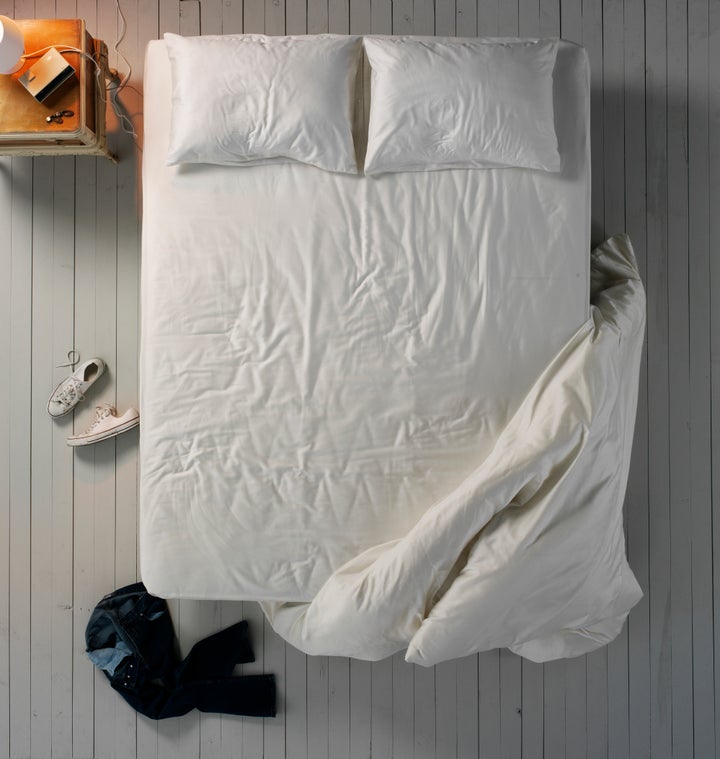
3. Your sheets are weighing you down.
Your down comforter may be the fluffiest one in town, but heavy bedding will lock heat into your sleep space.
Restyle your bedding and sheets for the summer with lighter, more breathable fabrics. If you live in a very hot climate, it may be time to ditch the comforter altogether and sleep with a single sheet. Cotton sheets tend to be cooler than polyester or flannel sheets. You can also try out other natural materials like bamboo sheets or buckwheat pillows.
4. You're using appliances that heat things up.
Ovens obviously emit a tremendous amount of heat, but all that warmth doesn't stay trapped inside. If you live in a small space or have a kitchen that connects to your living room, baking a batch of cookies could turn your home into a sweltering sauna. Same goes for other appliances, such as table-top steamers, hair dryers and stoves.
If you can help it, avoid using indoor appliances that give off heat on extraordinarily hot days. It may be the perfect excuse to fire up the grill for a outdoor summer barbecue or go au natural with your hairstyle.
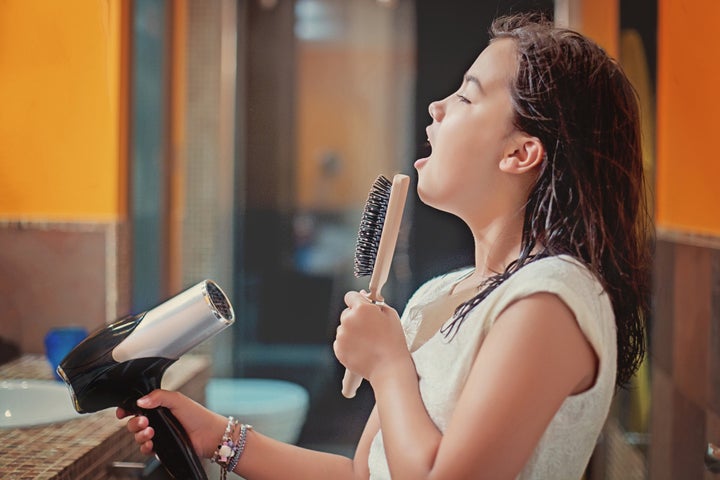
5. The ceiling fans are spinning clockwise.
Believe it or not, the direction in which your ceiling fan spins affects the temperature of the air it circulates. According to the Environmental Protection Agency's Energy Star program, blades that spin counterclockwise create a wind-chill effect, giving off a nice, cold breeze. (When the blades spin clockwise, they produce an updraft, forcing the warm air from the ceiling down into the space below.)
To reverse your fan's spin, look for a switch on the body of the ceiling fan and flip it. It really is that easy.
6. You still use those energy-sucking lightbulbs.
Incandescent bulbs are outdated and waste nearly 90 percent of their energy in the heat they emit -- and all that warmth is released, and then trapped, inside your home. Go green by swapping out old bulbs with compact fluorescent lamps or LED bulbs.
Not only do CFLs last up to 10 times longer, they use 75 percent less energy, which could fatten your wallet when that monthly electricity bill rolls around. LEDs are an even better option, since they use 80 percent less energy and can last up to 25 times longer than old school lightbulbs without wasting heat energy.
7. You haven't mastered the art of the fan.
Fans can be your best friend during the summer, but if you don't place them strategically, they can be as effective as fanning yourself with a flimsy piece of paper.
To get cool air moving around your hottest rooms, place fans at least seven to nine feet above the floor and 10 to 12 inches below the ceiling, according to the National Renewable Energy Laboratory. Room sizes should also determine the size of your fans.
To cool down rooms that are 225 square feet or smaller, use fans that are 36- to 44-inches in diameter. Larger rooms should contain fans that are 52-inches in diameter. According to the NREL, small to medium sized fans can cool an area up to 6-feet in diameter, while larger fans are effective up to 10 feet. And if a room is longer than 18 feet, you should be using multiple fans.
